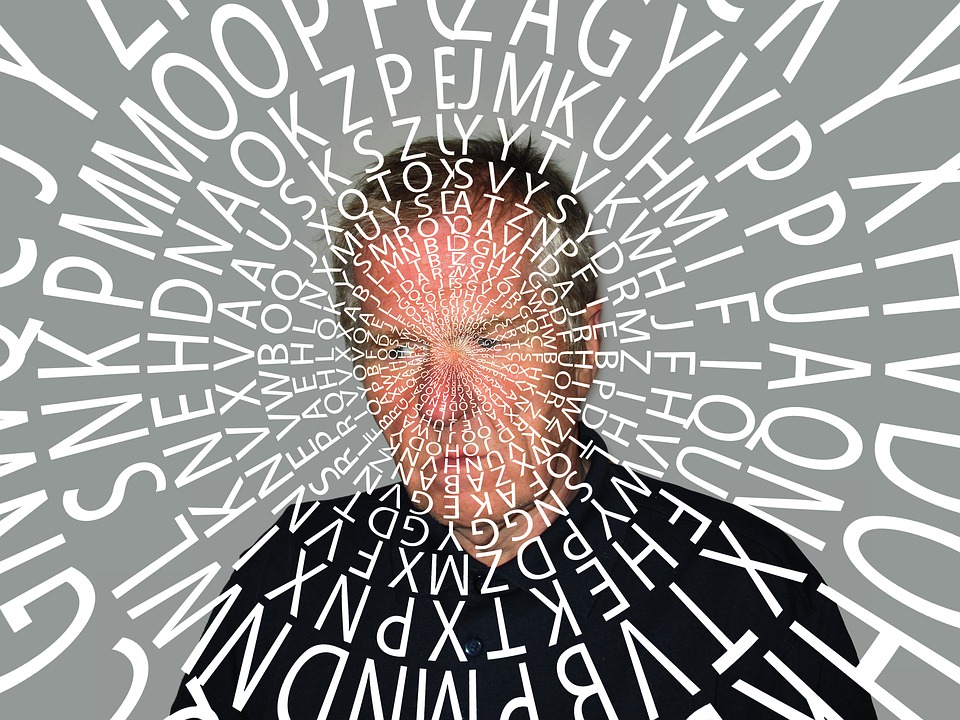A new bioinformatics pipeline helps investigate the mechanism underlying the development of autoimmune diseases following SARS-CoV-2 infection CREDIT
Gwangju Institute of Science and Technology (GIST)
The SARS-CoV-2, or the novel coronavirus, has affected more than 500 million people worldwide. Apart from the symptoms associated with COVID-19 infection, it has recently been reported that the virus also leads to the subsequent development of autoimmune diseases in patients.
Autoimmune diseases like rheumatoid arthritis, lupus, or multi-inflammatory syndromes arise when the immune system confuses healthy cells with pathogens and starts attacking them. But, the precise mechanism underlying this “breach of self-tolerance” is unknown. One of the possible mechanisms suggested to be involved is what is called “molecular mimicry,”
in which an autoimmune reaction is triggered when a T-cell receptor or an antibody produced from a B-cell directed against a specific antigen (foreign body) binds with an autoantigen, which is an antigen produced from our own body. This occurs due to a molecular or structural resemblance between the “epitopes” (the part of antigen attached to the antibody) of the antigens. However, a comprehensive investigation of the role of molecular mimicry in the development of such autoimmune diseases has not yet been performed due to the complexity of the epitope search and the lack of standardized tools.
To this end, a team of researchers from the Gwangju Institute of Science and Technology (GIST) led by Prof. Jihwan Park developed a new bioinformatics pipeline. Their new tool, called cross-reactive-epitope-search-using-structural-properties-of-proteins (CRESSP), was recently reported in the journal Briefings in Bioinformatics. “Previous studies on molecular mimicry used bioinformatics pipelines different from one another that often involved complex algorithms and were not scalable to proteome scales. In light of this, we developed a pipeline that is easily accessible and scalable,” explains Prof. Park. “It uses the structural properties of proteins to identify epitope similarities between two proteins of interest, such as human and SARS-CoV-2 proteins.”
Using CRESSP, the team screened 4,911,245 proteins from 196,352 SARS-CoV-2 genomes obtained from an open-access database. The pipeline narrowed down 133 cross-reactive B-cell and 648 CD8+ T-cell epitopes that could be responsible for COVID-related autoimmune diseases. It further identified a protein target, PARP14, to be a potential initiator of epitope spreading between COVID-19 virus and human lung proteins.
The pipeline also predicted the cross-reactive epitopes of different coronavirus spike proteins. Moreover, the team developed an interactive web application to enable an interactive visualization of the molecular mimicry map of SARS-CoV-2. The pipeline is also available as an open-source package.
The team hopes their new tool will facilitate comparison between studies, providing a robust framework for further investigation on molecular mimicry and autoimmune diseases. “Although autoimmune diseases affect less than 10% of the population, studying them is important since it severely impacts the quality of life. Our new tool can be used to study the possible involvement of molecular mimicry in the development of other autoimmune conditions in a systemic and scalable manner,” concludes Prof Park.
Hopefully, the new invention will help us deal with SARS-CoV-2 and other viral infections better.



